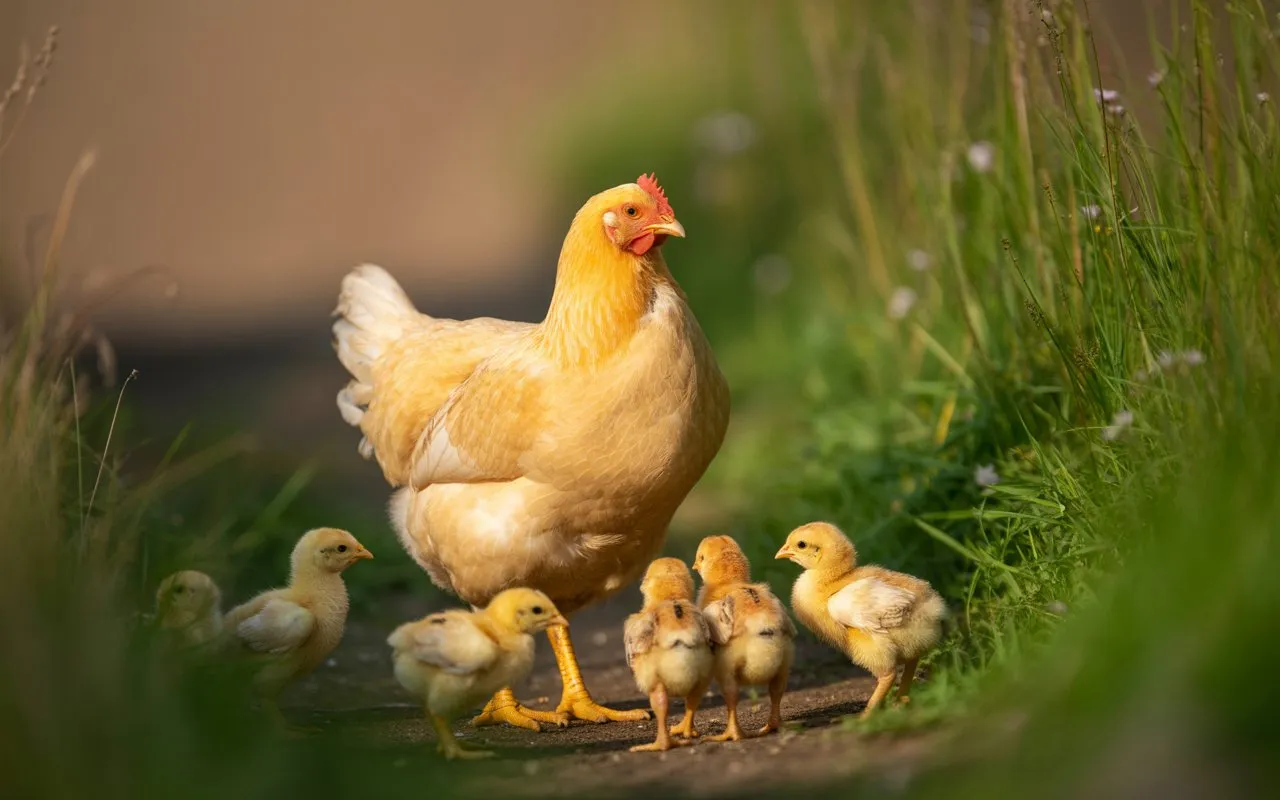
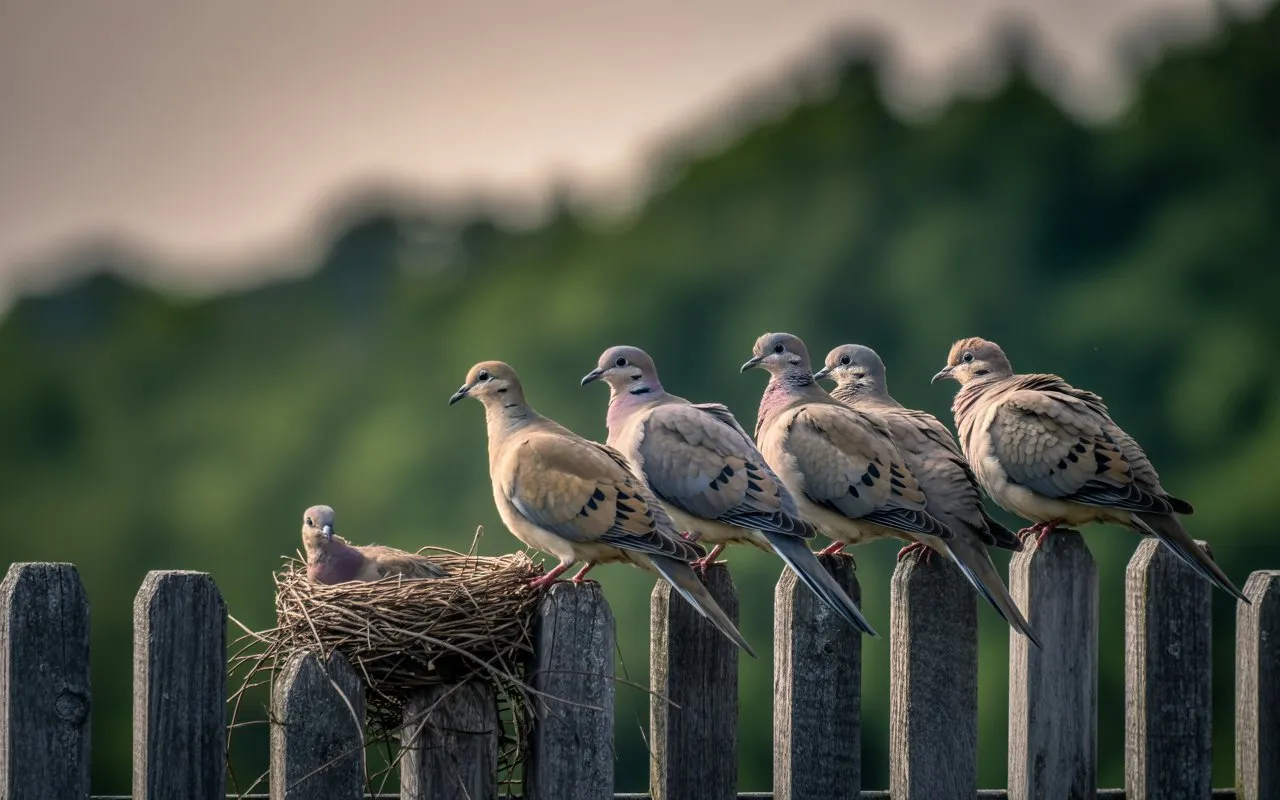
A little about the problem!
🌍 Our goal
We study how the expansion of poultry transportation infrastructure — the so-called “chicken roads” — affects the environment. Our team focuses on the environmental risks that the rapid growth of this network brings with it.
⚠️ The essence of the problem
The rapid construction of “chicken roads” threatens natural environments. The fragmentation of wildlife habitats, air, soil and water pollution are all critical challenges that require an immediate response.
🌱 Our actions
We conduct in-depth research, disseminate information and engage communities in dialogue. Our goal is to implement environmentally sound approaches that will reduce damage to nature.
🌿 Looking to the future
We believe in a development model where infrastructural changes take place with nature in mind. Our goal is to promote harmony between economic activity and the preservation of ecosystems for future generations.
Learn how the development of chicken roads affects the environment
Infrastructure designed to transport poultry is increasingly encroaching on natural landscapes, putting wildlife at risk. The growth of the chicken road network is a hidden threat to nature The daily expansion of these routes disrupts the balance of ecosystems, leads to the destruction of habitats and destroys natural diversity. Time to act: nature does not wait We are at a crossroads. Without decisive action today, the future of wildlife will be seriously threatened. Let's protect ecosystems together.
Chicken road" expansion endangers wildlife.
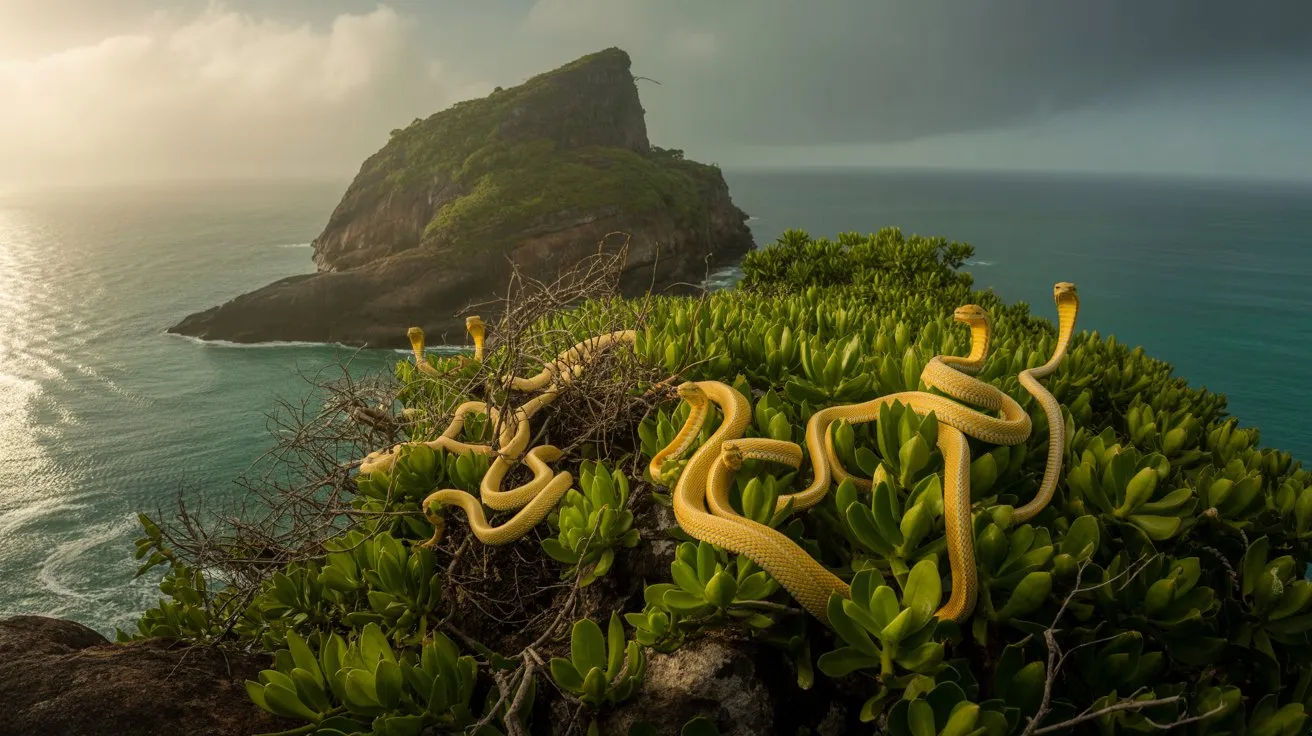
The relentless expansion of "chicken road" networks is reshaping our world. We must act now to protect our ecosystems from further degradation.
Our Team

Emily Carter – Ecosystem Analyst
Emily studies how chicken roads affect flora, fauna and habitats. She is responsible for conducting field studies, modelling biodiversity changes and scientifically assessing environmental risks.

James Walker – Data Specialist
James collects, cleans and analyses environmental and infrastructure data. His analytics help us make informed decisions and visualise the scale of the impact of chicken roads.

Olivia Harris – Community Relations Coordinator
Olivia organises communication with local communities, activists and farmers. She holds meetings, holds hearings and engages the public in nature protection and sustainable planning.

Daniel Smith – Communications Director
Daniel is responsible for the external communications strategy: he develops information campaigns, publishes reports and coordinates press. His task is to communicate our position to the public and the media.

Chloe Martin – Environmental Consultant
Chloe ensures our work complies with international environmental standards. She also provides expert advice on new infrastructure projects.

William Johnson – Project Manager
William coordinates the activities of the entire team, monitoring deadlines, budget and overall strategy. He supports effective collaboration between all areas of work.
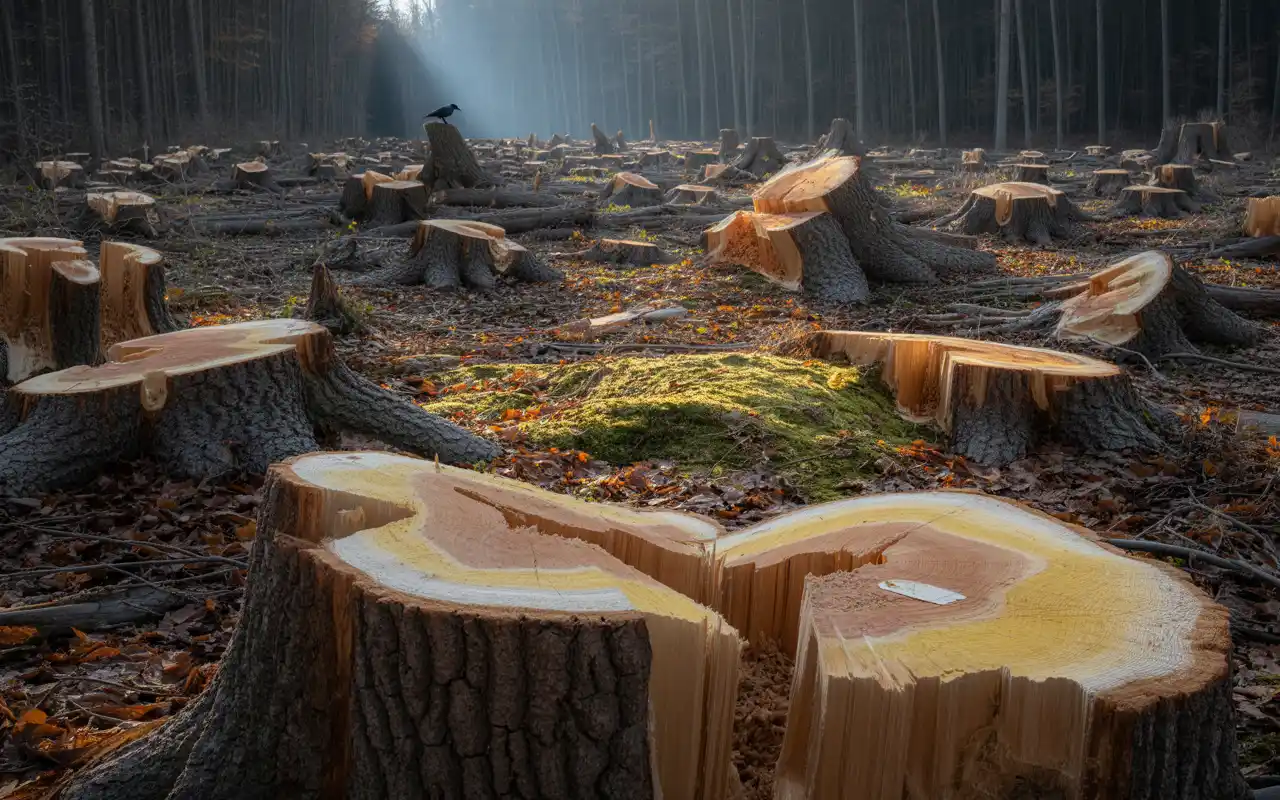

🌍 Let's fight for nature together
Join us in protecting our planet from "chicken road" expansion.
Join us, Charlotte Evans, in a common cause - to stop the uncontrolled expansion of the "chicken roads" system and preserve the ecosystems of our planet. 🍃 Nature advocate Charlotte Evans An environmentalist who advocates for responsible development and harmony between humans and nature.
A short film on the effects of "chicken road" development on local ecosystems and wildlife.
🐔 The Chicken Road Project is an Environmental Challenge of Our Time
The Chicken Road Initiative aims to study the environmental risks that arise from large-scale poultry transportation and related infrastructure. We investigate how these processes affect natural environments and threaten the conservation of wildlife.
The growth of this logistics network is already leading to biodiversity loss, ecosystem fragmentation and environmental pollution. Our findings show that the immediate development of sustainable solutions is critical to reducing damage to nature.
The problem of “chicken roads” is not only a local challenge. The constant expansion of these networks negatively affects local flora and fauna, undermines the ecological balance and creates long-term threats to the environment.
In-depth analysis, systematic monitoring and effective regulation are needed to ensure an ecologically balanced future. The uncontrolled development of infrastructure related to poultry farming must be stopped or rethought taking into account the needs of nature.
We believe that innovation, collaboration between science, the public and government can be the key to solving this multi-layered problem. Protecting nature is our shared responsibility, and understanding the real impact of "chicken roads" is an important step towards preserving ecosystems.
Environmental Impacts of Chicken Road Expansion

450 Species Affected
Many wildlife species have lost their habitats due to ecosystem disruption.
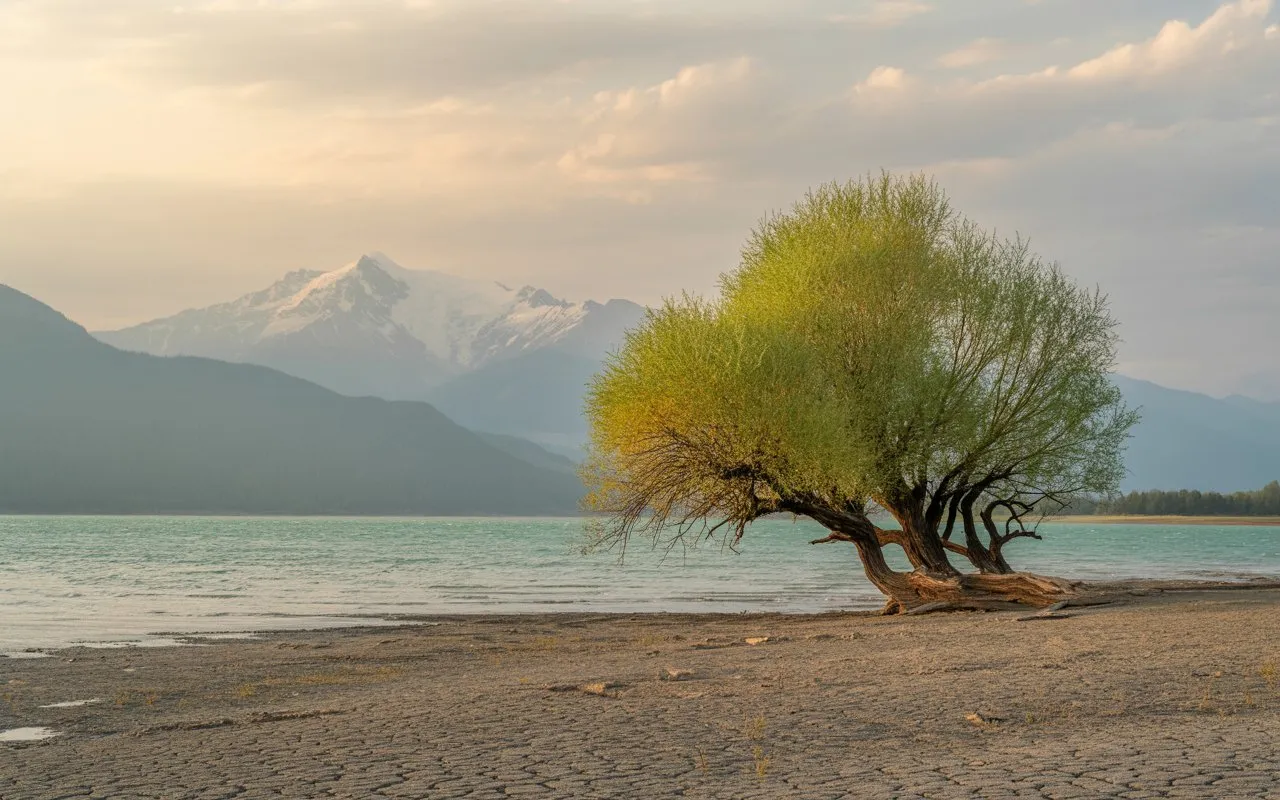
2,500 Acres Destroyed
Natural landscapes have been destroyed during infrastructure construction, from forests to grasslands.
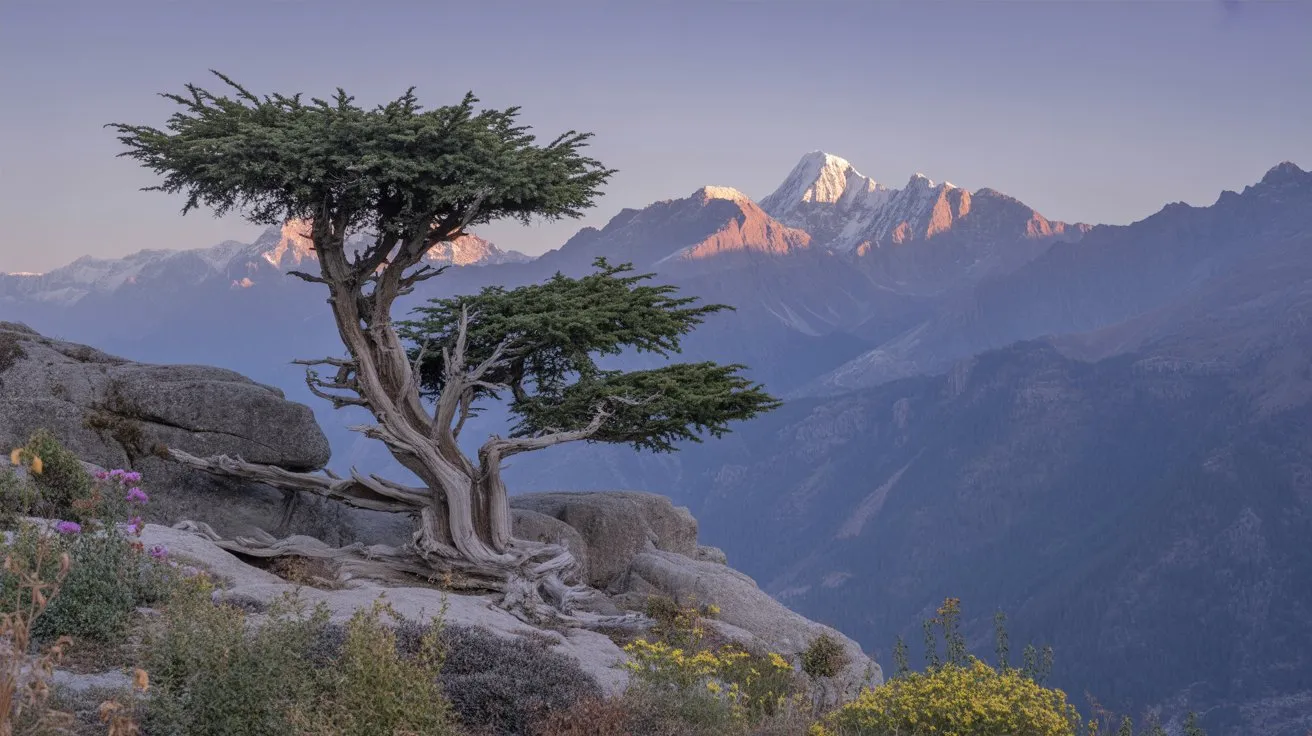
75 Water Pollution Incidents
Increased levels of toxic substances in water systems due to agricultural runoff and waste.
Theses from our team

🧠 Emily Carter – Ecosystem Analyst
“Every day I see how fragmentation affects the migration and survival of species. We must act now to save biodiversity.”

📊 James Walker – Data Specialist
“The numbers don’t lie: the correlation between the development of chicken roads and the loss of natural landscapes is too clear to ignore.”
Road Impact
See






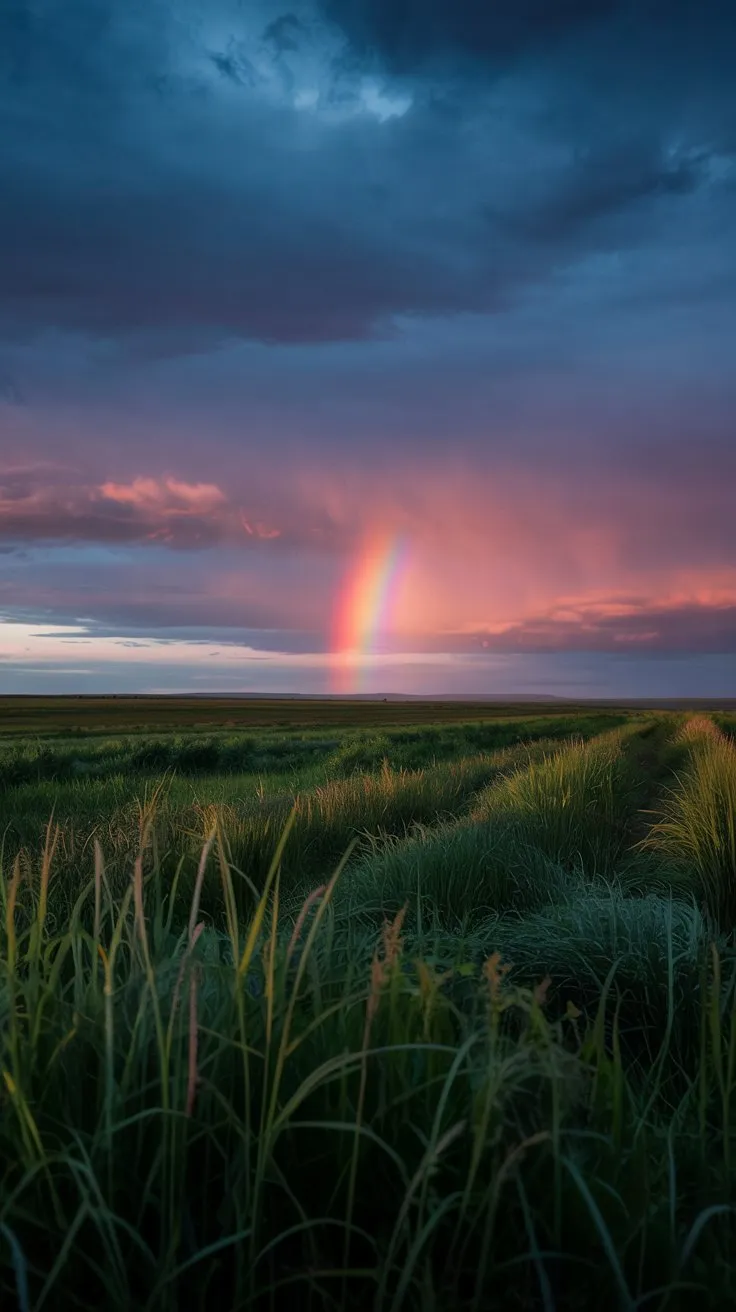
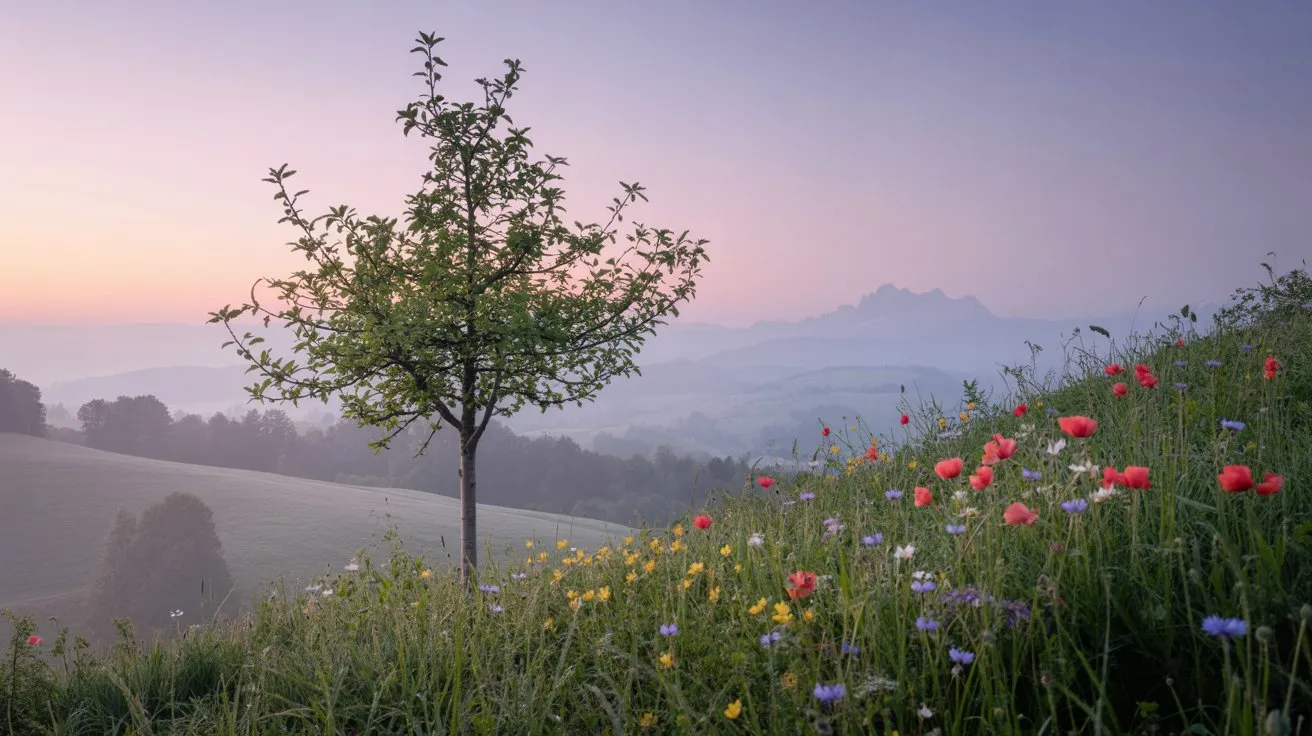

Key Impacts
Habitat loss is devastating
The expansion of “chicken roads” leads to deforestation, the draining of wetlands and the destruction of natural areas. This deprives thousands of animal and plant species of their homes, destroys migration routes and reduces biodiversity. Some species do not have time to adapt and find themselves on the verge of extinction.
Pollution harms ecosystems
Intensive poultry transport activities create emissions, runoff and other types of pollution. Agrochemicals, waste residues and microbial load enter the soil, rivers and lakes, changing the chemical composition of the environment. This harms not only wild animals, but also people who depend on clean water and healthy land.
Disease spreads quickly
The dense concentration of poultry in transport creates ideal conditions for the emergence and transmission of infections. Strains can be transmitted not only between animals, but also threaten human health. Local bird populations are also becoming vulnerable to new diseases, which disrupts the natural balance.

Events

🔸 Description: Discussion of changes in the natural environment due to the expansion of “chicken roads”. Speakers are ecologists, scientists, analysts.

🔸 Description: A trip to areas that have undergone changes due to agrarian infrastructure. A living example of the impact on flora and fauna.

🔸 Description: Lecture with data visualization, explanations of the mechanisms of pollution and fragmentation of environments.
“Our job is to make the chicken roads issue heard not just by activists, but by government, business and the wider public.”
Latest Research

🧪 1. Climate Change Impacts on Poultry and Ecosystems
A study published in the journal Climate Change and its Effects on Poultry Industry and Sustainability (2024) examines how climate change impacts poultry production and, consequently, ecosystems. It is predicted that demand for poultry products could quadruple by 2050, leading to increased land use, water resources, and greenhouse gas emissions. This, in turn, could lead to habitat degradation and loss of biodiversity. SpringerLink

📊 2. Efficiency and Sustainability in Poultry Production
A study conducted in Brazil used data envelopment analysis (DEA) to assess the efficiency of poultry production. The results showed that optimizing the use of resources such as feed and water can reduce environmental impacts and improve the financial sustainability of farms.

🧬 3. Spread of Disease Through Poultry Transport
A study published in the journal Advances in Animal and Veterinary Sciences (2024) found that stress caused by long-term transport negatively affects the health and behavior of turkeys. This can lead to reduced performance and an increased risk of disease spread among the birds.
Main features of the platform
Research
In-depth analysis of environmental changes based on reliable ecological data and observations.
Expert opinion
Expert assessments and comments on the impacts of transport infrastructure on nature and biodiversity.
Awareness
Materials that help raise awareness about threats to ecosystems and ways to protect them.
Joint action
Active community participation in environmental initiatives supported by aqusyoqjlzxxjq.
Take Action Now
Join Us
Latest Updates

How does the expansion of “chicken roads” affect wildlife habitat? Landscape fragmentation, destruction of natural areas and loss of biodiversity.

Soil and water pollution, the spread of diseases and air quality degradation.

Consideration of environmentally friendly solutions and optimization of logistics.

Information work, dialogue with the local population and involvement in decisions.
Contact Us
Reach out to discuss poultry transport impact.